Step-by-Step Guide: How to Educate Web2.5 Users Without Losing Them
Step-by-Step Guide: How to Educate Web2.5 Users Without Losing Them
Let’s be honest — Web2.5 education can feel like walking a tightrope. Your audience isn’t full-on crypto-native, but they’re not total strangers to digital tools either. They’re curious, skeptical, and easily overwhelmed by jargon. So how do you guide them without making them bounce?
Here’s a step-by-step breakdown that balances simplicity with just enough insight — so you’re helping users learn without them realizing they’re being taught.
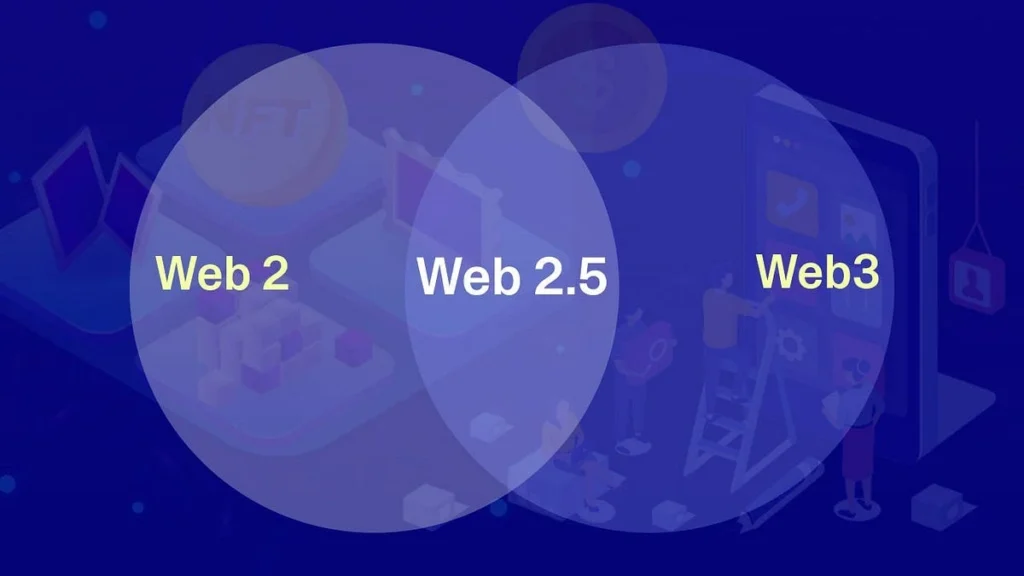
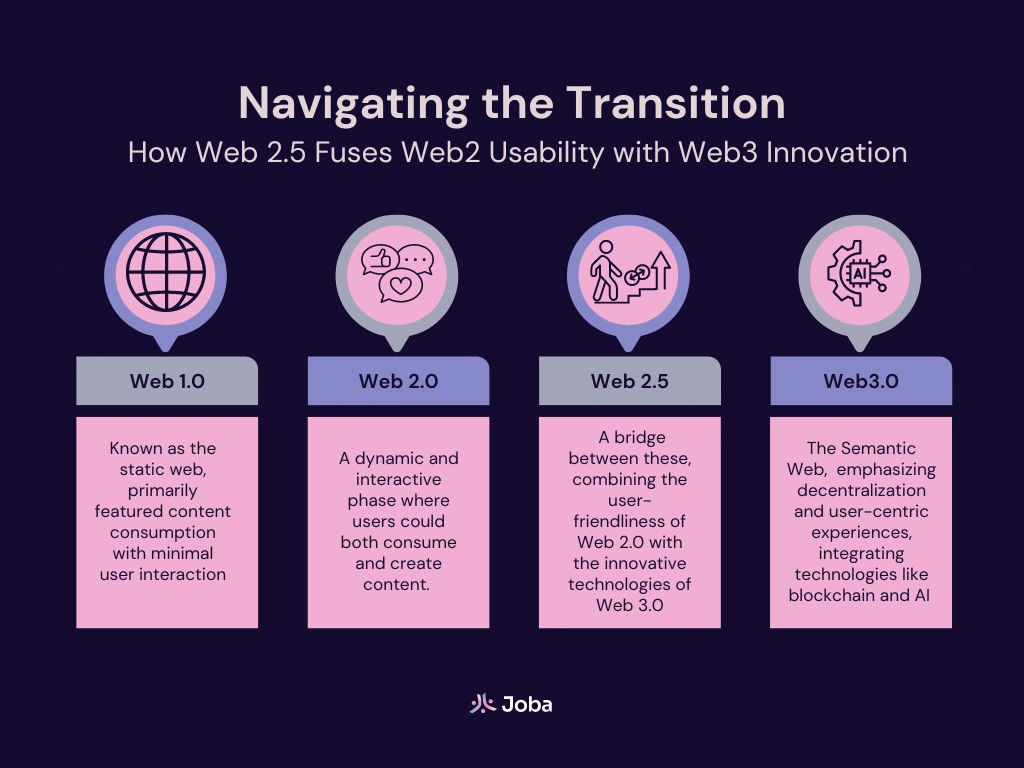
Step 1: Always Speak Human First in Web2.5 Education
Before you even think about saying “blockchain,” remember this: people tune out when they feel dumb. The first rule of Web2.5 education? Ditch the tech talk.
- Instead of: “You’ll receive an NFT linked to your wallet.”
- Try: “You’ll get a digital item you actually own — no one else can touch it.”
Use metaphors, comparisons, plain-English phrases. If it sounds like a whitepaper, rewrite it.
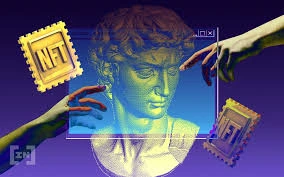
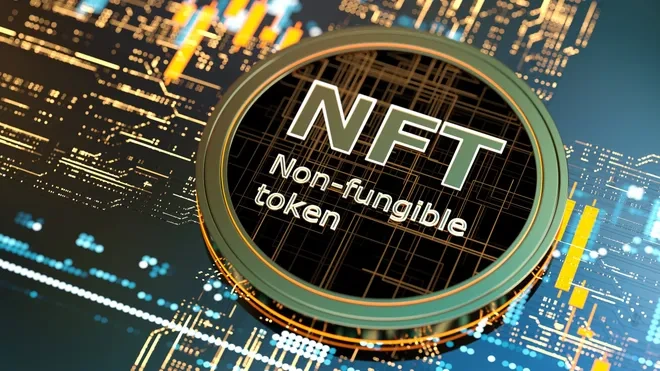
Step 2: Define Web2.5 Education — Briefly and Clearly
Not everyone even knows what Web2.5 is. So set the stage early, but keep it short and sweet:
“Web2.5 is the space between what you know and what’s coming — familiar apps powered quietly by blockchain tech. It feels like Web2 but gives you more ownership, privacy, and control.”
Don’t over-explain. Just enough to build intrigue without the mental overload.
Step 3: Make UX Do the Teaching
The best kind of Web2.5 education? Users don’t even realize it’s happening.
- A signup screen that says “Creating your secure wallet…” = education.
- A tooltip that says “You’ll be able to resell this later” = education.
- A loading bar that says “Verifying your item on the network” = yep, still education.
Build the learning into the interface. No PDFs, no explainer videos — just smart design that teaches by doing.
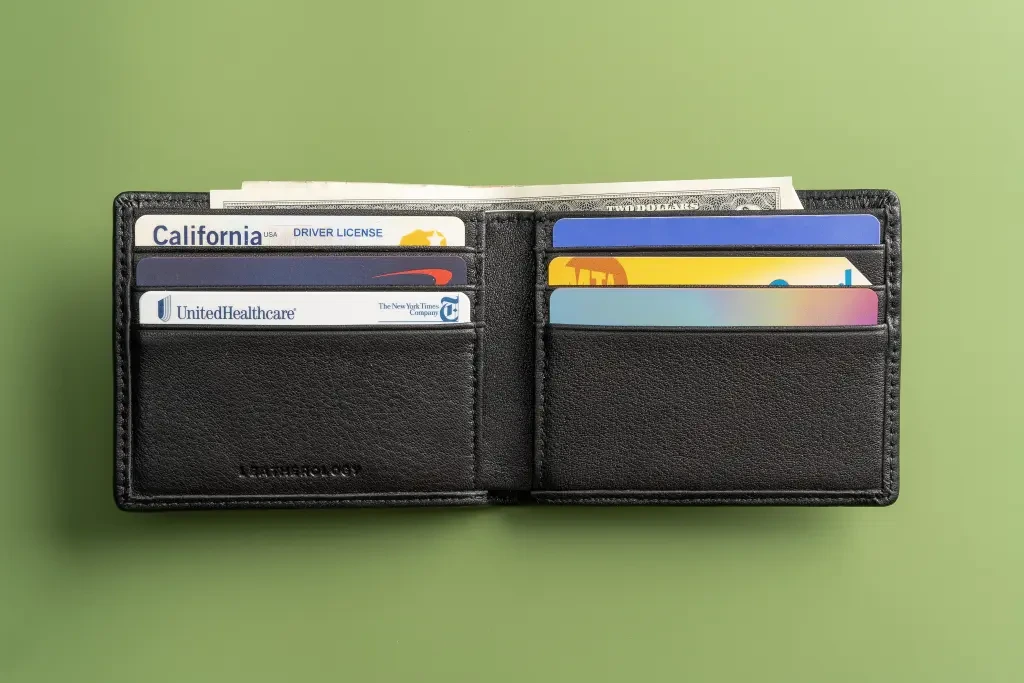
Step 4: Focus on What They Can Do, Not How It Works
Let’s face it, most users don’t care about decentralization or gas fees. What do they care about?
- “I can resell this ticket later?”
- “I get proof I attended that concert?”
- “I control this profile no matter what app I’m in?”
Frame Web2.5 education around benefits, not protocols. Let the tech stay under the hood — users just want to drive.
Step 5: Repeat, Reinforce, Rephrase
Some users will get it on the first try. Others won’t. That’s normal.
You’ll need to reinforce key concepts multiple times across different formats:
- A welcome message
- A tooltip
- A help article
- A follow-up email
Repetition doesn’t annoy — it reassures. Just make sure each touchpoint explains it slightly differently so it doesn’t feel like a copy-paste lecture.
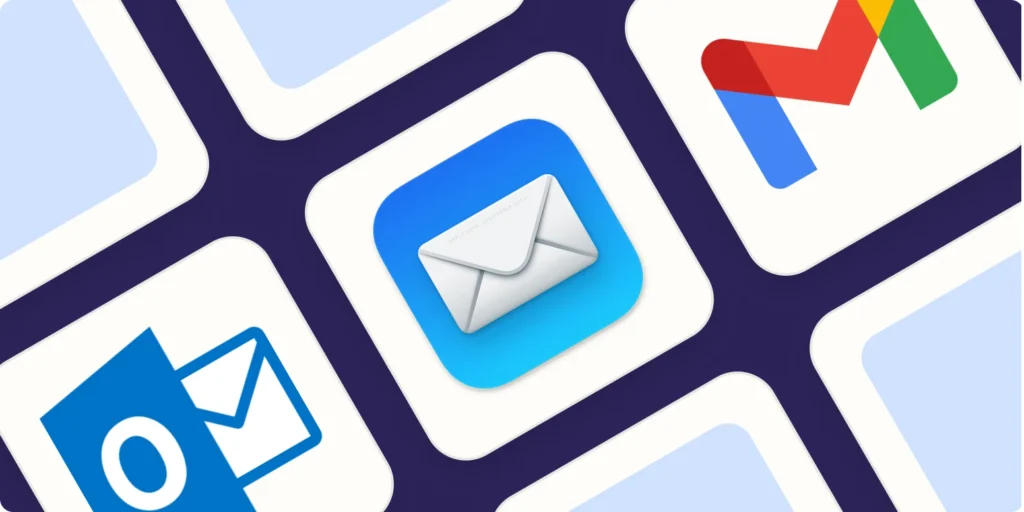
Step 6: Be Transparent, But Not Technical
Trust matters — a lot. Especially for users burned by shady platforms in the past. That’s why Web2.5 education should be transparent… just not overly technical.
- Show them what’s happening behind the scenes in human terms
- Let them choose to learn more — or keep it simple
- Always make sure they feel in control, not confused
Optionality builds confidence. Let users go deeper if they want — but never force it.
Step 7: Check the Vibe — Not Just the Flow
This one’s a bit intangible, but crucial: how does your product feel?
- Does it make users feel smart or stupid?
- Does it feel like a familiar app or an alien protocol?
- Are you making them anxious with “blockchain” pop-ups, or gently guiding them toward something cool?
Web2.5 education is emotional as much as instructional. You’re shaping someone’s first impression of what this new internet could be. Make it feel like a conversation, not a class.
Final Thoughts: Web2.5 Education Is Just Good Communication
At the end of the day, Web2.5 education isn’t just about teaching blockchain basics. It’s about how we communicate, how we onboard, and how we show people a future that doesn’t feel like a threat.
If you keep it simple, empathetic, and grounded in what real people care about, you won’t just teach — you’ll inspire. And that’s what gets people across the bridge.
Relevant Link : Here




